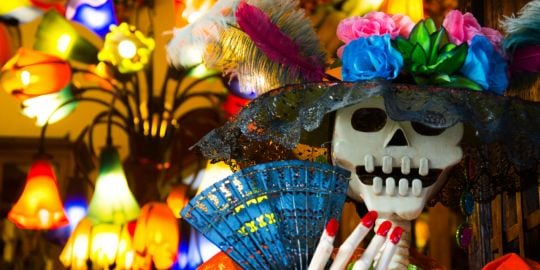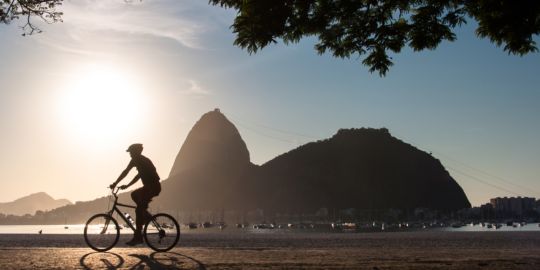Australia: Cricket

It is not (yet) established by law, but cricket is Australia's national sport considering its popularity throughout the country at international, domestic and local levels, and its connection to the culture and national identity. Between 2015 and 2016, about one million and a half people in Australia were playing cricket, bringing the game to the top of the national list of participation in sports. Historically, the first Australian recorded match was in 1803 in Sydney. Cricket Australia is the official administration for professional and amateur cricket, and Australia's national team is thriving in international games. Whichever of the six states you find yourself in (Western Australia, South Australia, Victoria, Tasmania, New South Wales, and Queensland), there will be a cricket team, and competitions take place during the summer.
Canada: Ice hockey (winter)

Canada has two national games; ice hockey for the winter and lacrosse for the summer season. The way we know it today, ice hockey was established in Canada towards the end of the 19th century, with the first indoor game taking place in Montreal. Today, children, men, and women play at different levels a very similar version of the game. The Canadian ice hockey governing body is Hockey Canada, which is also a member of the International Ice Hockey Federation. The biggest rivals of the national men's team, which left the Pyeongchang Winter Olympics with a bronze medal, are Russia and the USA.
Japan: Sumo

The origins of sumo can be traced back to the ancient times when sumo was a religious performance for the Shinto deities. Thus, up to date, rituals such as the purification of the ring with salt are followed. The name means striking one another and defines the type of sport it is — competitive, full-contact wrestling. Wrestlers lead a traditional, regimented life in communal training stables, regulated by the Japan Sumo Association. Professional sumo is only practised in Japan and only by men. There are six divisions, and a wrestler will start from the lowest division working his way up. Each year, six national tournaments take place in Japan. If you wish to know more about sumo, there's The Sumo Museum in Sumida-ku, Tokyo.
New Zealand: Rugby union

To clear things up, there are two types of rugby: the more complex Rugby Union and the simpler but quicker Rugby League. However, in New Zealand, when they talk about rugby, they refer to Rugby Union — the official national sport, represented by one of the best international teams in the world, the All Blacks. Rugby comes from the UK, but Australia and New Zealand hosted the first Rugby World Cup in 1987 when the All Blacks became the first world champions.
Spain: Bullfighting

Not everyone is fond of the ending of a bullfight game when the bullfighter's sword punctures the animal's heart and kills it — Spanish people themselves are divided over their most globally famous tradition, with the government of Catalonia being entirely against it. However, bullfights are seen as a form of art and are part of Spain's history and culture. Bullfighting has been practised since the Roman times (or even earlier), but bullfighting, as we know it today, was established in the 18th century. The bullfighting season runs from April to September and includes many bullfighting festivals.
Norway: Cross-country skiing

You have probably heard the saying: “Norwegians are born with skis on their feet”. It couldn't have been otherwise, considering that the country has almost 3,000 km of cross-country ski trails, stretching deep into the forests of Oslo. There are even summer ski resorts, where you can uninterruptedly ski all summer. Skiing has shifted from a means of transportation to Norwegian's favourite pastime and Norway's biggest pride in world cups and the Winter Olympic Games. Did you know that “ski” is a Norwegian word meaning a split length of wood? Norway has gone a long way from its men's team in the first Winter Olympic Games to Marit Bjoergen, a 15-time Olympic medalist.
Brazil: Capoeira

Capoeira is an Afro-Brazilian fast and powerful martial art in the disguise of dance and acrobatics. The word capoeira refers to the Brazilian interiors, where fugitive slaves used to hide. Capoeira started in Brazil during the 16th century when the Portuguese began to bring mainly Angolan slaves to the country. These people were not allowed to celebrate their traditions, let alone any form of martial arts. Therefore, capoeira emerged as a method of self-defence and evidence of cultural identity. In 2014 capoeira gained the UNESCO title of intangible cultural heritage.
















